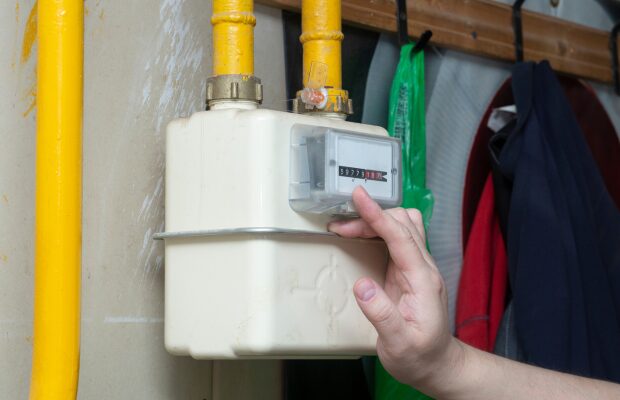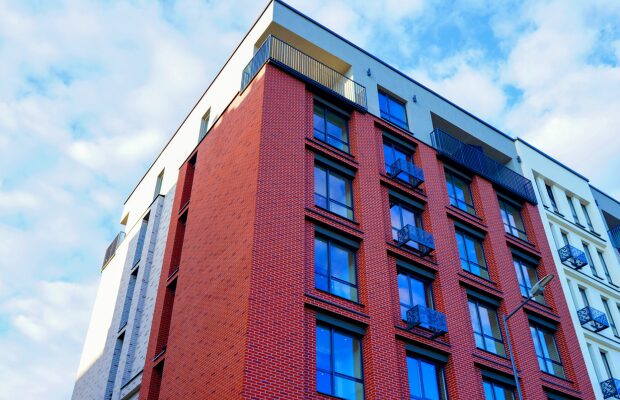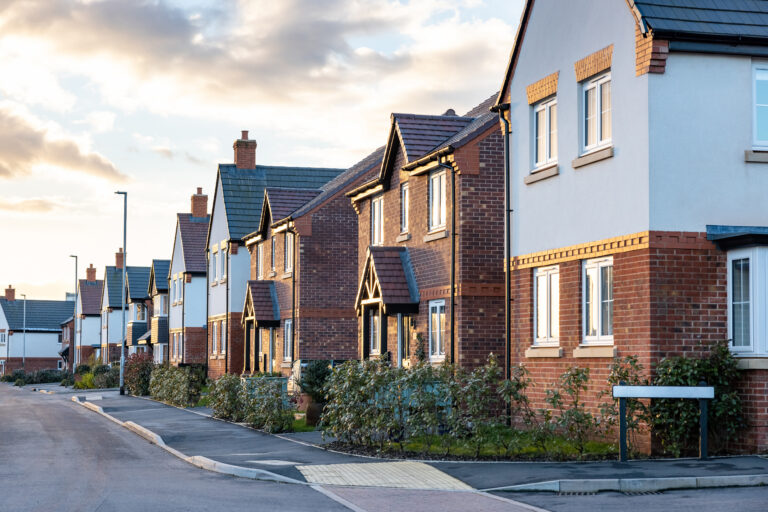Rules and legislation around buy-to-let can be extremely confusing for landlords.
And with the rules changing all the time, and new legislation coming into force in the private rented sector every year, understanding all their compliance responsibilities can be tough for existing landlords – let alone new ones.
Here are the latest rules all landlords need to know about…
Buy-to-let requirements for landlords
1. Rules on buy-to-let mortgages
Landlords buying a property to rent out to tenants can’t fund the purchase with a standard residential mortgage.
Instead, you’ll need a buy-to-let mortgage.
Lender rules to be aware of
All mortgage lenders are likely to have slightly different rules and lending criteria, but for most buy-to-let mortgages, you’ll need:
- A deposit of at least 20-25%
- A deposit of around 40% in order to secure the very best interest rates
- To pass your lender’s affordability rules and interest cover ratios – this means your projected monthly rent must cover your mortgage repayments, usually by 125%
- To meet any lender limits on the number of properties in your portfolio
2. Rules on fees and deposits
Since 2019, landlords and letting agents have been prohibited from charging tenants certain fees.
There are also now caps on the amount of deposit or holding deposit money landlords can take from tenants.
The Tenant Fees Act
Under the Tenant Fees Act 2019, landlords are only allowed to charge tenants:
- Rent
- A refundable security deposit
- A refundable holding deposit
- For ending a tenancy agreement early at the tenant’s request
- For requesting changes to a tenancy agreement during the fixed term (capped at £50)
- A default fee for lost keys or late payment of rent
Capped deposits and holding deposits
The Tenant Fees Act 2019 also brought in maximum deposit rules landlords need to be aware of.
Since 2019, landlords are only able to charge:
- A deposit of no more than five weeks’ rent if the annual rent is less than £50,000
- A deposit of no more than six weeks’ rent if the annual rent exceeds £50,000
- A holding deposit of no more than one week’s rent
Tenancy deposit protection
All landlords must protect their tenants’ security deposits in one of three government-registered schemes.
Those are:
- The Deposit Protection Service
- My Deposits
- The Tenancy Deposit Scheme
The tenant’s deposit must be protected within 30 days of receiving it, while you must also provide tenants with certain ‘prescribed’ information, which includes:
- The amount of their deposit being protected
- The scheme it’s protected in and the scheme’s contact details
- The address of the property
- Your address and contact details as the landlord
3. HMO licensing
Landlords who rent out Houses in Multiple Occupation – properties rented by tenants from different households, usually by the room – may require a licence to legally let their properties out.
Mandatory licensing
HMO licensing is mandatory for properties with five or more tenants from more than one household, known as ‘large’ HMOs.
Additional licensing
Smaller HMOs rented by fewer than five tenants may not require a licence.
However, many local authorities operate additional licensing processes, meaning all HMOs in their area require a licence, regardless of size.
4. Taxation on buy-to-let
One of the most complex rules around buy-to-let property is taxation and landlords need to be aware of regulations around:
- Stamp duty
- Income tax
- Capital gains tax
- Deductions of mortgage interest
Stamp duty
Landlords and those buying second homes must pay a 3% stamp duty surcharge on each property they buy.
That means the rates of stamp duty a landlord can expect to pay are:
| Portion of purchase price | Stamp duty rate |
| £0-£125,000 | 3% |
| £125,001 – £250,000 | 5% |
| £250,001 – £925,000 | 8% |
| £925,001 – £1.5m | 13% |
| £1.5m + | 15% |
Income tax
If you make a profit from renting out a property, or properties, you may have to pay income tax on that profit.
How much income tax you pay on your rental profits will depend on your other sources of income and which tax band you fall into.
It’s possible to deduct certain costs from your rental income, to lower your tax bill, including:
- Water, gas, electricity, and council tax (if you pay them rather than the tenant)
- Insurance costs
- Costs of services such as window cleaners
- Letting agent management fees
- Accountancy fees
- Ground rent and service charges for leasehold properties
- Maintenance and repair costs, including Energy Performance Certificates (EPCs), gas inspections and Electrical Installation Condition Reports (EICRs)
- Replacement relief on items such as furniture, carpets, appliances and technology
Mortgage interest tax relief
Since 2020, residential landlords can no longer fully claim tax relief on their mortgage interest payments.
Rather than fully deducting their mortgage interest on top of allowable expenses in order to calculate their taxable rental income, landlords will only be able to claim tax relief at the basic 20% rate on whichever is the lowest figure from finance costs (including
mortgage interest), rental income profit (less allowable expenses) or total income.
Capital gains tax
Unlike main residences, buy-to-let properties may be subject to capital gains tax (CGT) when they’re sold.
You may have to pay CGT if your rental property has grown in value, with the tax due on any ‘gain’ – the difference between what you paid for the property and what you’re selling it for.
Every landlord has a CGT allowance of £12,300, meaning no tax is due on that amount and the rate of CGT you’ll pay on any gain above that will depend on which income tax band you fall into.
Basic rate taxpayers pay 18% CGT on property, while higher or additional rate taxpayers pay 28% in property gains.
As with income tax, you may be able to deduct certain costs from your CGT bill, including:
- Stamp duty fees from your purchase
- Any renovation work that added value to the property
- Estate agent fees from the sale
- Solicitor fees
5. Minimum Energy Efficiency Standards
Minimum Energy Efficiency Standards (MEES) require all rental properties to have an Energy Performance Certificate (EPC) rating of at least ‘E’.
Properties lower than an ‘E’ rating cannot legally be let out.
6. Electrical safety
All landlords must have an Electrical Installation Condition Report (EICR) carried out.
This means a registered electrical engineer must inspect all electrical installations, including wiring and sockets, before issuing a certificate which must be given to any new tenants.
EICRs must be carried out every five years.
7. Gas safety
An annual gas safety inspection must be carried out by a Gas Safe engineer at all privately rented properties every 12 months.
The gas safety certificate must then be given to all tenants within 28 days of the inspection being carried out.
8. Right to rent checks
Landlords must check that the tenants renting their properties have a right to rent in the UK.
All tenants aged above 18 must be checked, which landlords can do by requesting certain documentation.
9. Evictions and notice periods
To regain possession of a property, a landlord must follow the correct eviction procedures.
If your tenant’s fixed term agreement is coming to an end, you may be able to regain possession of your property with a section-21 notice.
If your tenant is in breach of their tenancy agreement, perhaps owing rent, you may be able to reclaim your property using a section-8 notice.
Notice periods
Under a section-21 eviction, you must give your tenants a minimum notice period of two months.
With a section-8 eviction where the tenant is at fault, the notice period will depend on the reasons for seeking the eviction.
For serious rent arrears, you may be able to give two weeks’ notice, while serious antisocial behaviour means you may be able to give four weeks’ notice.








